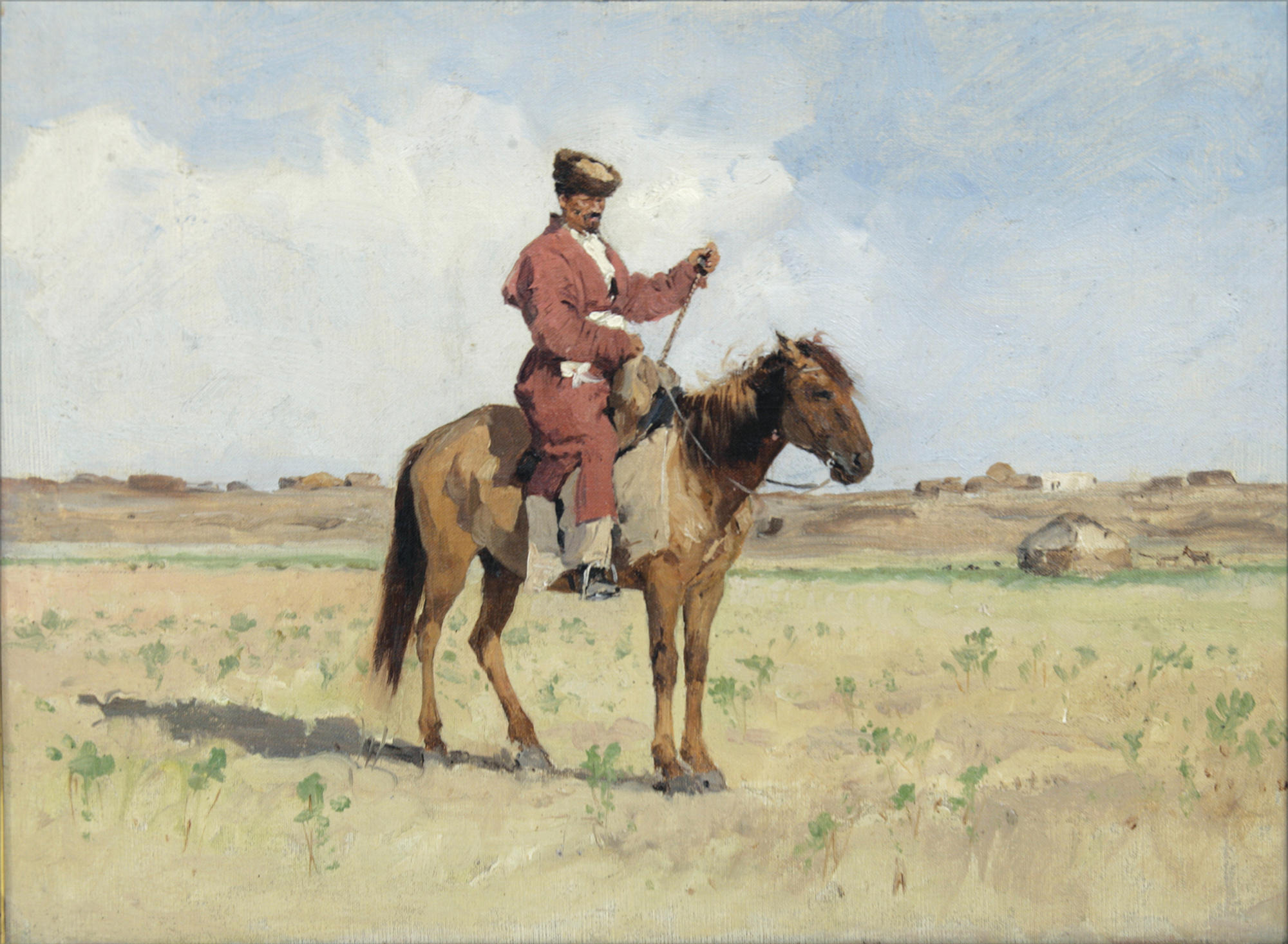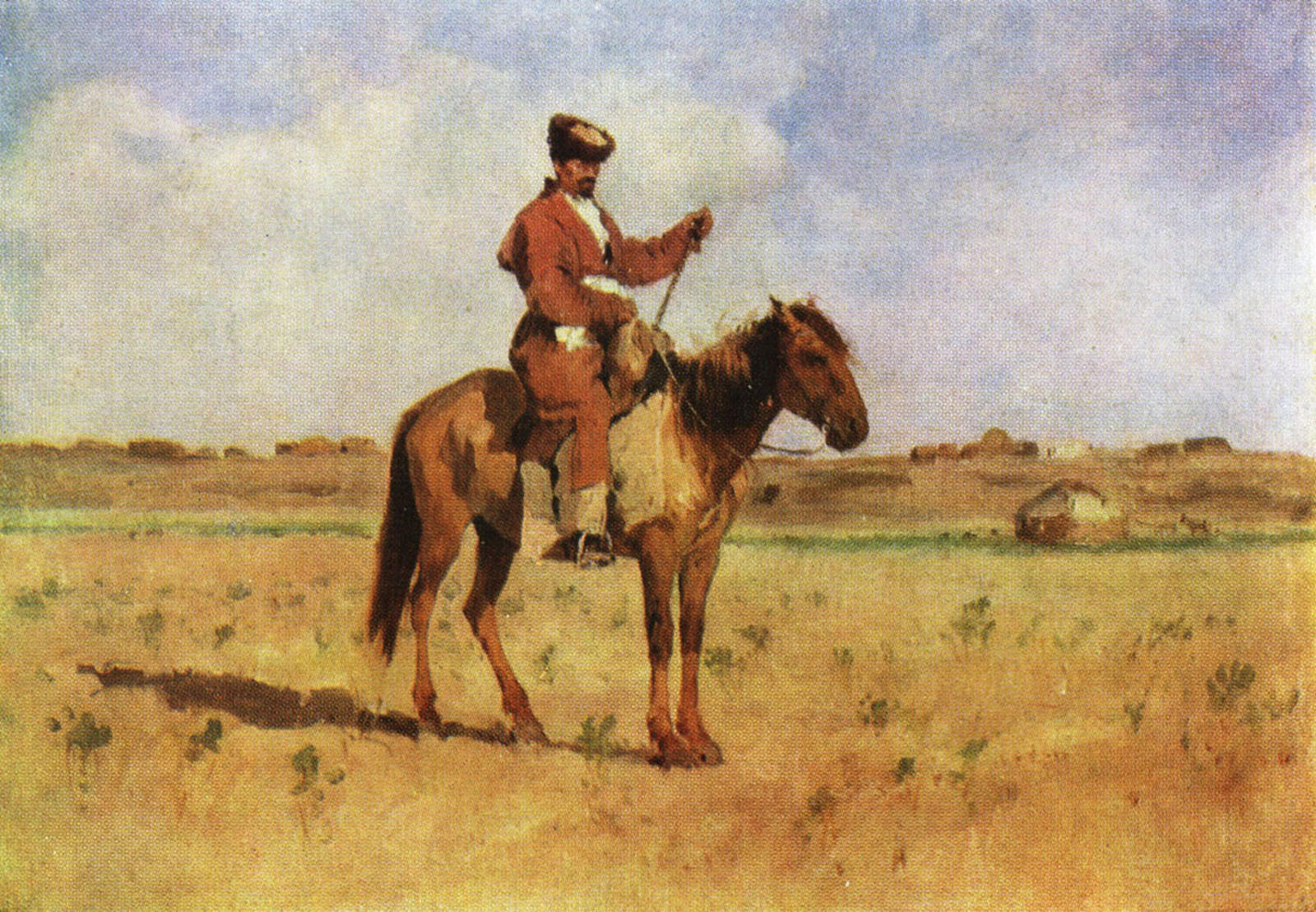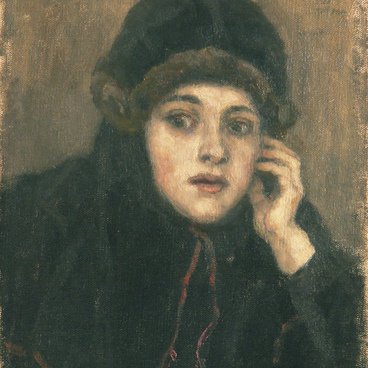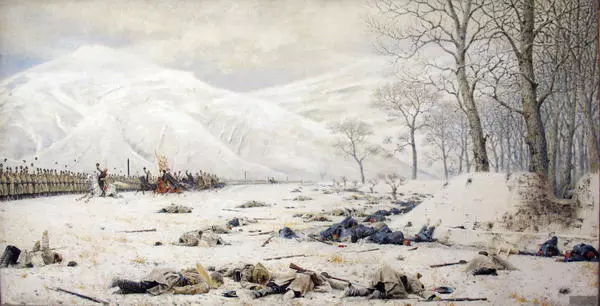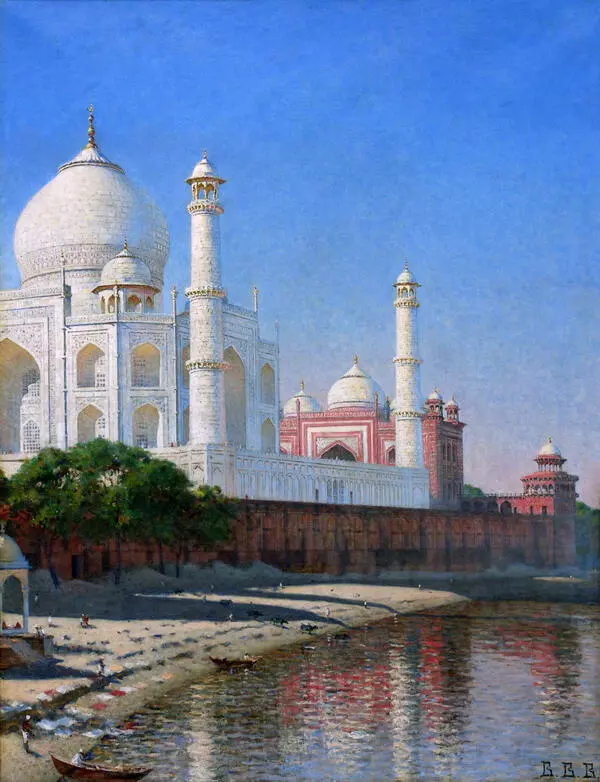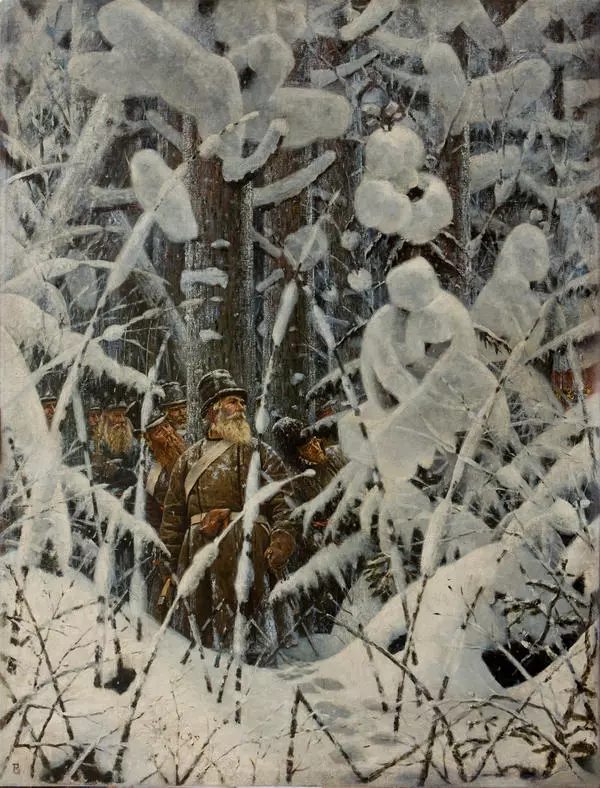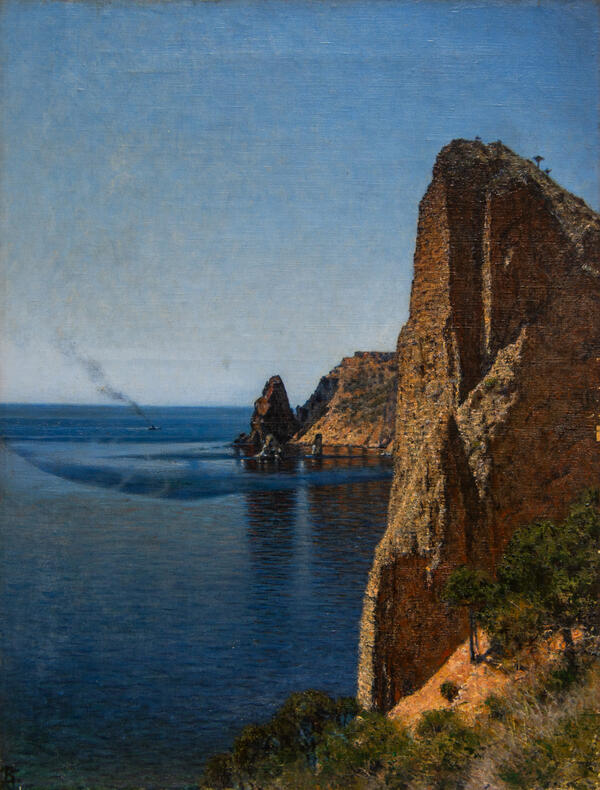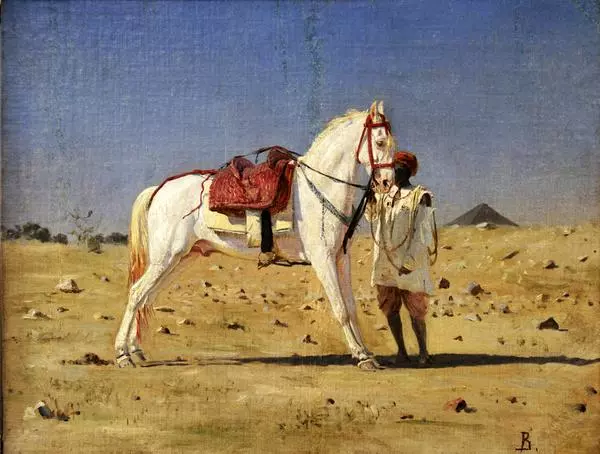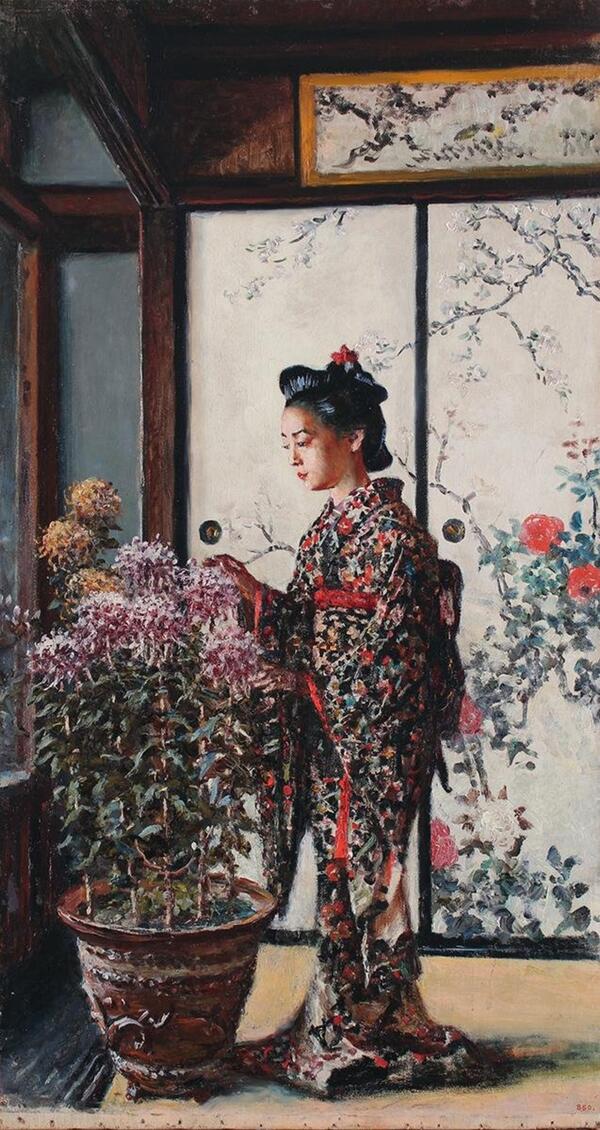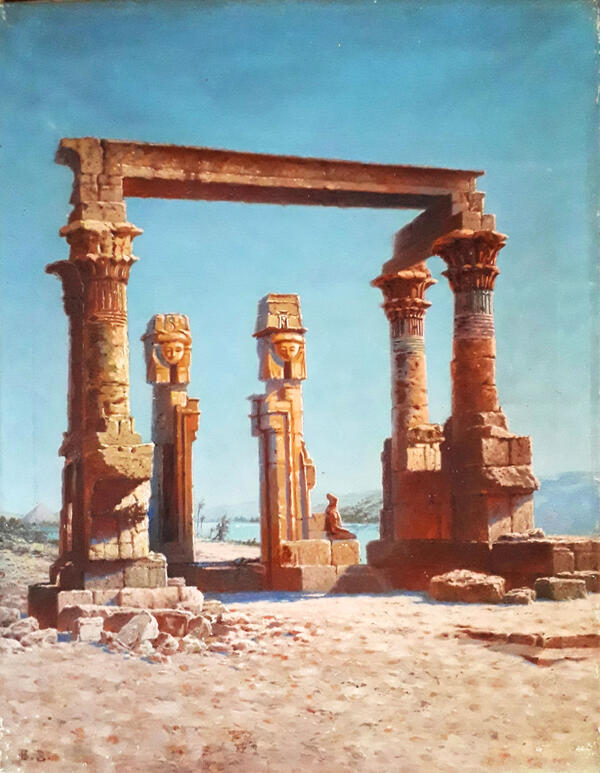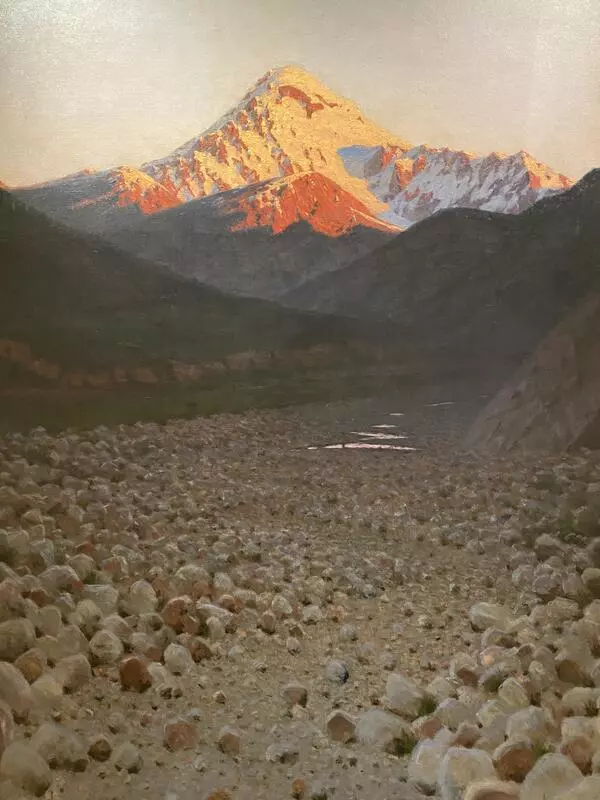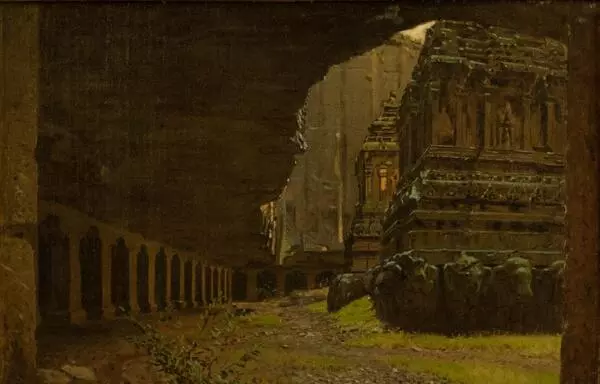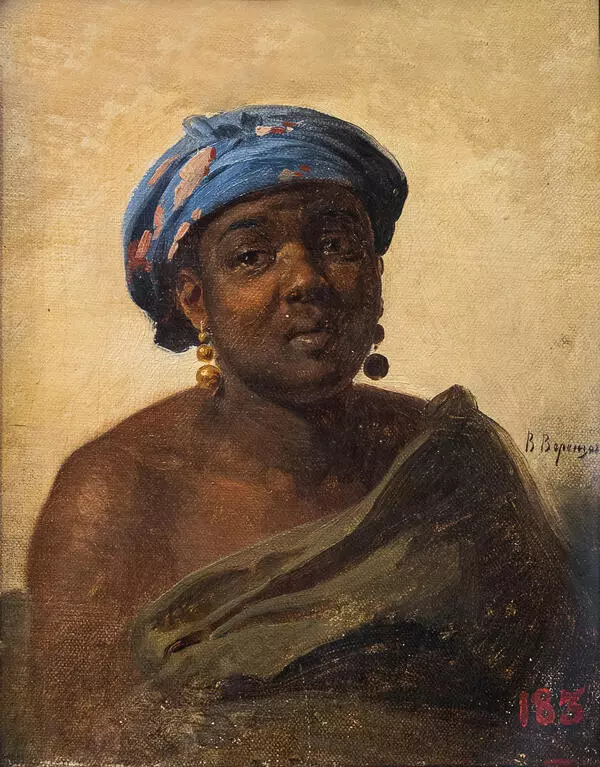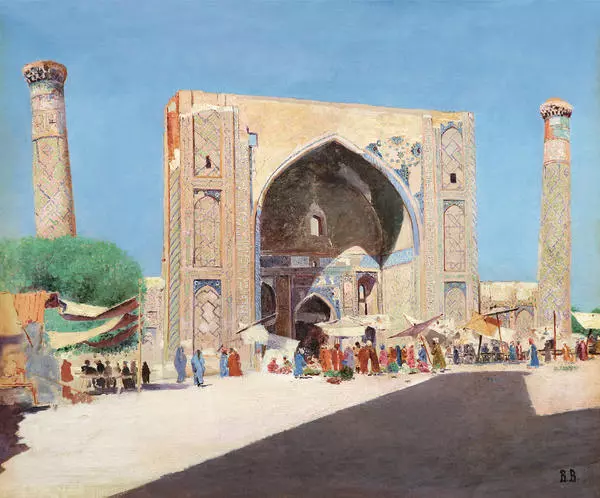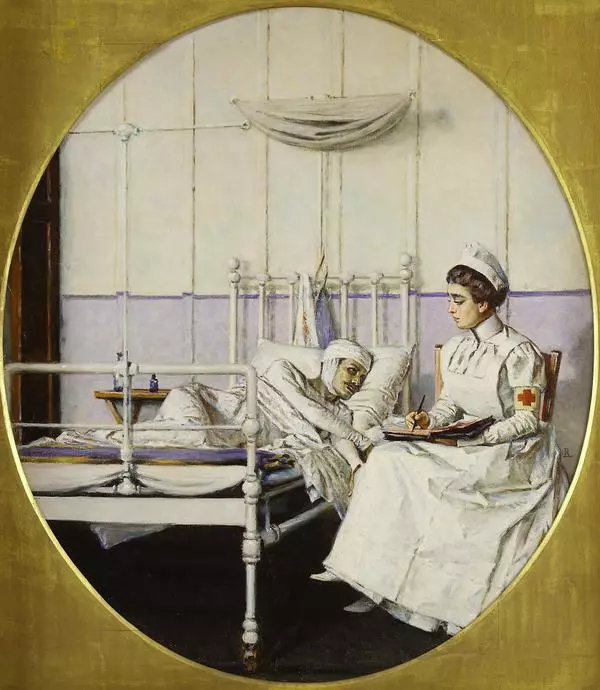Vasily Vereshchagin (1842 - 1904) was one of the most famous Russian battle painters.
Vereshchagin was born in the city of Cherepovets in the family of the local leader of the nobility. The family had four sons. Two of Vereshchagin’s brothers became military men, another became a public figure.
At the age of seven Vasily was sent to the Cadet Corps in Tsarskoye Selo to prepare for admission to the Marine Corps, where he was subsequently admitted and successfully studied. Already in high school he attended the Drawing School of the St. Petersburg Society for the Promotion of Artists.
In the spring of 1860 Vereshchagin entered the Academy of Arts. Not having finished his studies, in 1863 he went on a trip to Caucasus, which lasted for over a year. On the trip Vereshchagin made sketches and observed local habits. He visited the Nogai steppes, Kalmyk pastures, Georgian and Armenian villages.
Vereshchagin continued his studies in Paris, at the French Academy of Arts and learned from academician Jerome. Then he returned to Russia and came as an artist to General Kaufman, Governor-General and Commander of the Turkestan Military District, where he would face serious challenges. The result of his trip to Central Asia was a solo exhibition in St. Petersburg.
After his second trip that was full of adventures, Vereshchagin set up in Munich and there, based on his Turkestan impressions, he created a series of paintings, which he called a “heroic poem.»Then he visited India and reflected his impressions in many sketches and paintings, and afterwards he worked in a huge workshop that he had built near Paris.
In 1877 the artist got into the active army, Vereshchagin became a participant of the liberation war of Slavic peoples in the Balkans. As a result of his observations and complex military experience he created famous paintings, such as Skobelev near Shipka and Service for the Dead. After that he visited India once again and Palestine. He organized exhibitions and planned to work on a large series dedicated to the Patriotic War of 1812.
In 1903 the artist went to Japan, and in February 1904 went to the Russo-Japanese War and died onboard the battleship “Petropavlovsk” together with Admiral Makarov. The painting Kalmyk on the Horse in Steppe presented at the exhibition was most likely created during the second trip to Turkestan.
Vereshchagin was born in the city of Cherepovets in the family of the local leader of the nobility. The family had four sons. Two of Vereshchagin’s brothers became military men, another became a public figure.
At the age of seven Vasily was sent to the Cadet Corps in Tsarskoye Selo to prepare for admission to the Marine Corps, where he was subsequently admitted and successfully studied. Already in high school he attended the Drawing School of the St. Petersburg Society for the Promotion of Artists.
In the spring of 1860 Vereshchagin entered the Academy of Arts. Not having finished his studies, in 1863 he went on a trip to Caucasus, which lasted for over a year. On the trip Vereshchagin made sketches and observed local habits. He visited the Nogai steppes, Kalmyk pastures, Georgian and Armenian villages.
Vereshchagin continued his studies in Paris, at the French Academy of Arts and learned from academician Jerome. Then he returned to Russia and came as an artist to General Kaufman, Governor-General and Commander of the Turkestan Military District, where he would face serious challenges. The result of his trip to Central Asia was a solo exhibition in St. Petersburg.
After his second trip that was full of adventures, Vereshchagin set up in Munich and there, based on his Turkestan impressions, he created a series of paintings, which he called a “heroic poem.»Then he visited India and reflected his impressions in many sketches and paintings, and afterwards he worked in a huge workshop that he had built near Paris.
In 1877 the artist got into the active army, Vereshchagin became a participant of the liberation war of Slavic peoples in the Balkans. As a result of his observations and complex military experience he created famous paintings, such as Skobelev near Shipka and Service for the Dead. After that he visited India once again and Palestine. He organized exhibitions and planned to work on a large series dedicated to the Patriotic War of 1812.
In 1903 the artist went to Japan, and in February 1904 went to the Russo-Japanese War and died onboard the battleship “Petropavlovsk” together with Admiral Makarov. The painting Kalmyk on the Horse in Steppe presented at the exhibition was most likely created during the second trip to Turkestan.
